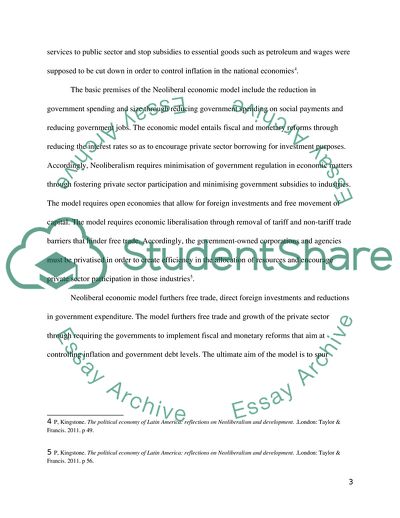Cite this document
(Latin America Politics Assignment Example | Topics and Well Written Essays - 2000 words, n.d.)
Latin America Politics Assignment Example | Topics and Well Written Essays - 2000 words. https://studentshare.org/social-science/1850925-latin-american-politics
Latin America Politics Assignment Example | Topics and Well Written Essays - 2000 words. https://studentshare.org/social-science/1850925-latin-american-politics
(Latin America Politics Assignment Example | Topics and Well Written Essays - 2000 Words)
Latin America Politics Assignment Example | Topics and Well Written Essays - 2000 Words. https://studentshare.org/social-science/1850925-latin-american-politics.
Latin America Politics Assignment Example | Topics and Well Written Essays - 2000 Words. https://studentshare.org/social-science/1850925-latin-american-politics.
“Latin America Politics Assignment Example | Topics and Well Written Essays - 2000 Words”. https://studentshare.org/social-science/1850925-latin-american-politics.


